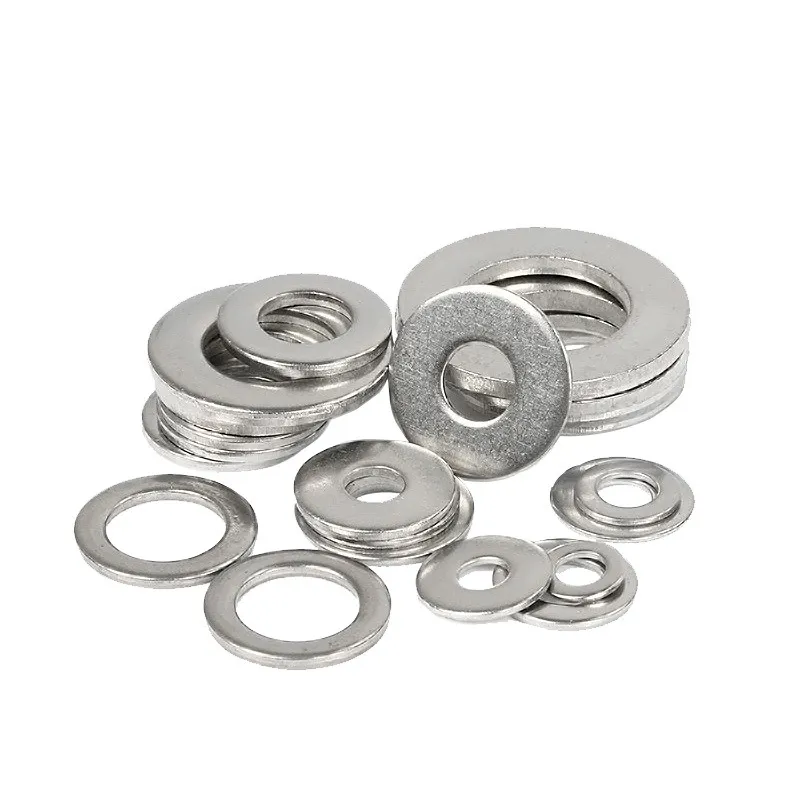

self drilling screw sizes in mm
Dec . 05, 2024 14:34 Back to list
self drilling screw sizes in mm
Understanding Self-Drilling Screw Sizes in mm
Self-drilling screws, also known as Tek screws, are a popular choice in construction and manufacturing due to their ease of use and efficiency. Unlike traditional screws that require a pre-drilled hole, self-drilling screws have a drill bit point that allows them to create their own hole while being driven into materials. This feature significantly reduces installation time and labor costs, making them an excellent choice for both professionals and DIY enthusiasts. When selecting self-drilling screws, one crucial aspect that must be considered is their size, which is often measured in millimeters (mm).
What are Self-Drilling Screws?
Self-drilling screws are typically made from hard steel, making them durable and corrosion-resistant. They come with a pointed end that allows them to drill into various materials, including metal, wood, and plastic. The head designs of these screws can vary, including options like hex, pan, and flat heads, which can influence the installation process and the finished appearance.
Importance of Size in Self-Drilling Screws
Choosing the correct size of a self-drilling screw is vital for ensuring strong connections and structural integrity. The size of a screw generally refers to its diameter and length. The diameter influences the load-bearing capacity of the screw, while the length ensures adequate penetration into the material being fastened.
Common Sizes of Self-Drilling Screws
Self-drilling screws are available in a variety of sizes, usually ranging from 2.9 mm to 10 mm in diameter and from 10 mm to 100 mm in length. Some common sizes include
- Diameter - 2.9 mm Often used for light gauge applications and metal fastening. - 3.5 mm Typically used for general-purpose fastening in thin metals and wood. - 4.2 mm Common in building construction and roofing for its strength. - 5.5 mm Suitable for heavy-duty applications, including commercial roofing.
self drilling screw sizes in mm

- Length - 10 mm Ideal for thin materials or when fastening strips of metal. - 20-30 mm Popular choices for general assembly in construction projects. - 40-50 mm Used when deeper penetration is required for more substantial materials. - 60 mm and above Employed in situations requiring strong anchorage, particularly in heavier constructions.
Selecting the Right Size
The selection of the right size self-drilling screw is influenced by several factors
1. Material Thickness The thickness of the material to be fastened will dictate both the length and diameter of the screw. A thicker material will require a longer and possibly wider screw for effective fastening.
2. Load Requirements For applications where screws will bear heavier loads, choosing screws with a larger diameter is essential. This ensures that the screw can hold firm under stress.
3. Drilling Capability The point design of the screw also matters. Self-drilling screws with sharper points are better suited for harder materials, while blunter points may struggle.
4. Environmental Considerations Corrosion-resistance is paramount for external applications; therefore, choosing screws that are coated or made from stainless steel may be necessary.
Conclusion
Understanding self-drilling screw sizes in mm is crucial for anyone involved in construction, repairs, or DIY projects. The right choice of size can significantly affect the success of a project, influencing both the durability and effectiveness of the assembly. By considering the material thickness, load requirements, and environmental factors, one can select the perfect self-drilling screw to meet specific needs. As you embark on your next project, remember that the proper fastener can save time, effort, and ensure long-lasting results.
Latest news
-
Hot Dip Galvanized Bolts-About LongZe|High Strength, Corrosion Resistance
NewsJul.30,2025
-
High-Strength Hot Dip Galvanized Bolts - Hebei Longze | Corrosion Resistance, Customization
NewsJul.30,2025
-
Hot Dip Galvanized Bolts-Hebei Longze|Corrosion Resistance&High Strength
NewsJul.30,2025
-
High-Strength Hot-Dip Galvanized Bolts-Hebei Longze|Corrosion Resistance&High Strength
NewsJul.30,2025
-
Hot Dip Galvanized Bolts-Hebei Longze|Corrosion Resistance&High Strength
NewsJul.30,2025
-
Hot Dip Galvanized Bolts - Hebei Longze | Corrosion Resistance, High Strength
NewsJul.30,2025

